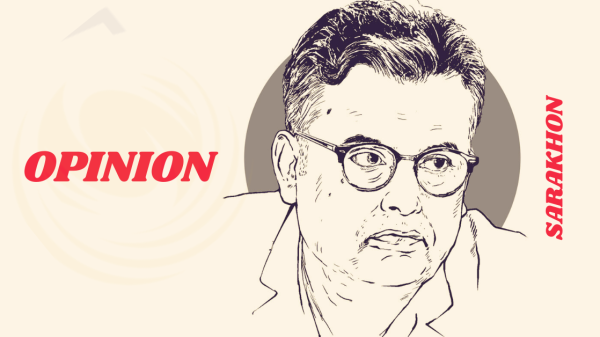Bangladesh’s Banking Sector Among Riskiest in Asia Despite Policy Rate Cut

Bangladesh’s banking system has once again come under the spotlight, with global ratings agency S&P Global reaffirming its high-risk status—even after the central bank moved to make borrowing easier for banks. According to S&P’s latest mid-year report, released on July 16, Bangladesh’s banking sector scores 9.0 out of 10 on its risk scale, where a higher score means greater vulnerability. This places Bangladesh in the same highest-risk category as Mongolia and Cambodia, and well behind regional peers like India, Indonesia, and Philippines, which have stronger and more stable banking environments.
Over the past year, Bangladesh Bank had to step in to assist several Islamic banks facing financial trouble. But according to S&P, these interventions haven’t yet resolved the core problems.

Bangladesh Bank Tries to Help With a Rate Cut
In an effort to ease pressure on the banking system, Bangladesh Bank cut its reverse-repo rate (the interest rate at which it borrows from commercial banks) by 50 basis points to 8% on July 15. The hope is that this move will free up more money for banks to lend to the public and businesses. But experts warn that this is more of a short-term relief and doesn’t solve the deep-rooted governance and structural problems that continue to plague the sector.
How Does Bangladesh Compare to Others in the Region?
For perspective, here’s how Bangladesh stacks up against other countries in Asia according to S&P’s BICRA scale:
- India: 5 (moderate risk)

- Indonesia: 6 (still manageable)
- Vietnam: 8
- Bangladesh, Cambodia, Mongolia: 9 (highest risk in Asia-Pacific)
This clearly shows that Bangladesh’s banks are seen as riskier than those in countries with similar or even lower GDP per capita.
While S&P focuses on the banking system, another big ratings agency, Moody’s, evaluates the overall ability of a country to repay debt. Earlier this month (July 11), Moody’s downgraded Bangladesh’s credit rating from B1 to B2, signaling higher risk for foreign investors. As of July 22, there’s been no further update from Moody’s.
















